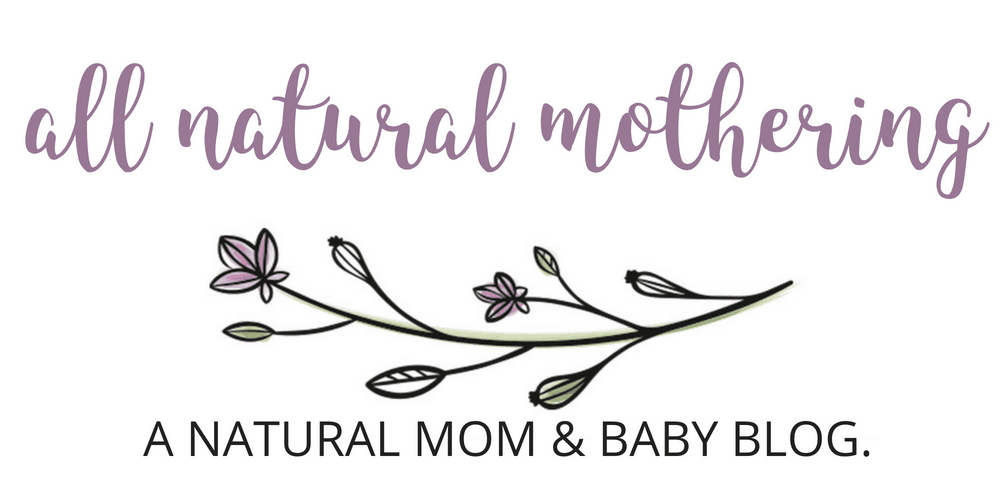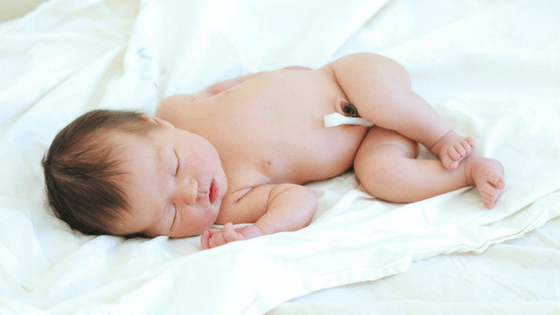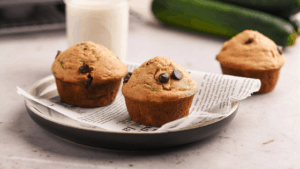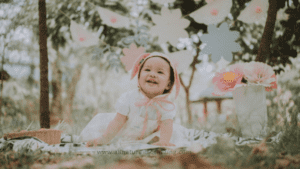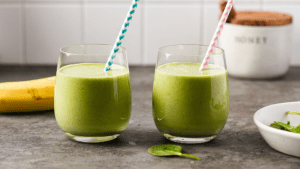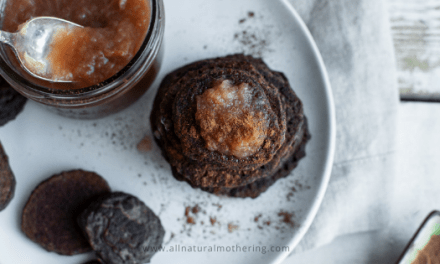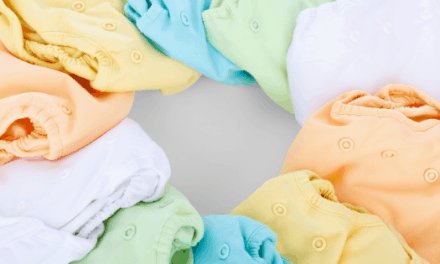Did you know you that doctors no longer suggest using rubbing alcohol to clean newborn belly buttons?
Caring for your baby’s umbilical cord can be terrifying. Especially when it starts to smell and bleed.Trust me, I have been there!
It gets all the more baffling when medical professionals keep changing their opinions. When my son was born (4 years ago), I was told to clean his cord are using rubbing alcohol thrice a day.
Guess what, Studies have confirmed that using peroxide on your baby’s cord will do nothing better than plain water. Moreover, it can delay healing and can even irritate your baby’s skin.
If you have been using alcohol or peroxide, I guess you can throw that away for good.
I know a lot of you have questions on how to take care of your baby’s umbilical cord. I wanted to answer all your questions through this post.
Umbilical cord was your baby’s line in the womb that carried nutrients, anti bodies and oxygen to sustain your baby. Once the baby is born, the umbilical cord becomes dormant (non-active).
After the caregiver cuts the cord, the umbilical stump lingers around for few days, dries, falls and forms your baby’s beautiful belly button. Until then proper care needs to taken to prevent any infection.
How to Clean baby’s Umbilical Cord:
Cleaning the cord area regularly is vital to prevent infections and foster faster healing. Your nurse or your mid wife would have given instructions to clean your baby stump area.
You can clean the cord area thrice a day – morning – noon and evening. Keeping the area clean and dry is the key to avoid infections.
Here are the steps to follow while cleaning your baby’s cord.
-
- Wash your hands and gather all the needed supply ( Q tip, warm water and a dry wash cloth)
- Put the baby down in a secure flat surface – a change table, or on a play mat.
- Dip a Q tip in warm water and clean inside and around the cord area.
- Make sure to clean the inside part, don’t worry it wont hurt your baby. ( see the video below on how to clean properly)
- Then again using a dry Q tip, run it over the belly button to dry the wetness.
- Use a clean wash cloth and pat dry the umbilical cord area.
Bathing before the Cord Falls:
It might take a week or two for the stump to dry and fall.?You can hold off immersing your newborn in a bath tub before the stump falls off.
Alternatively, you can give your baby a sponge bath. Babies don’t need to bath that often in the first few weeks anyways.
If you do insist on bathing your baby, make sure to dry the cord area using a clean wash cloth. You can even fan the area to be extra sure that it is nice and dry.
Natural Remedies for faster healing:
Here are some natural home remedies for umbilical cord care:
Air Dry :
Air circulation is crucial for any wound to heal and its no different in this case. Keeping the stump area open and undisturbed will aid the natural healing process.
Do not Cover:
In summer months, you can completely undress your baby or only in diaper. If the weather is cold, then you? can fold the Onesie over the belly button keeping the cord exposed.
Care should also be taken to keep the diaper from rubbing against the stump. Newborn diapers come with an umbilical cord cut to make it easier for parents. Although if you are using cloth diapers, or had to size up on disposables, make sure that the diaper is not touching the cord. Fold the diaper crease and tuck it away from the belly.
Don’t Pinch or Poke:
It is totally normal to be annoyed with your baby’s lingering stump. But, resist your urge to pull cord to get rid of it.
Pulling the cord or trying to cut it off can trigger potential infection and possible bleeding.
Turmeric Root Powder :
Turmeric is well known for its antiseptic properties. Some sprinkle turmeric powder over the open cord to keep the area dry and immune against any bacterial infection. Turmeric has a deep yellow color that can easily stain the surrounding skin and clothes.
Goldenseal Root Powder:
Another powerful herb that is touted for its medicinal value is Goldenseal root.? You can sprinkle the powder over the wound, goldenseal powder is excellent in absorbing all the moisture away from the wound keeping it dry which is critical for faster healing of the cord.
Just be careful while applying herbal powder on the cord. When dealing with herbs, less is more. Instead of sprinkling the powder over the cord and making a mess, try using a Q tip. Roll a Q tip into the powder, tap it? to remove excess powder and then swab the cord with it.
Other herbs that are suggested this purpose are Oregon root, myrrh and rosemary. You can buy these from a herbal store or ask your midwife about it.
If you don’t want to buy herbs separately, then consider buying this herbal cord care powder. It is made of organic ingredients like Goldenseal root and oregon grape root powder that fosters faster healing and prevents infection.
Witch Hazel:
Witch hazel water is a decoction made from the leaves and barks of witch hazel plant, Hamamelis Virginia. Tannic acid, in witch hazel, has high anti-inflammatory and antibacterial properties.?Tannic acid also has astringent properties that constraints blood vessels and reduces bleeding.
Wiping your baby’s belly region with witch hazel will help keep infections at bay. Be sure to get witch hazel without alcohol.
Umbilical Cord Infection:
In rare cases, even after meticulous care, an umbilical cord infection might develop. Talk to your pediatrician if you notice any of the below signs.
-
-
- Fever
- Yellow or While pus from the stump
- Redness or swelling around the cord area
- Baby is in pain or refuses to feed
- Foul smell from the cord
- Active bleeding ( active bleeding is when you wipe a drop of blood and an another one appears)
-
Proper Care after the Cord Falls:
Once the stump dries and falls, it might take another ten days for the belly button to heal completely. Once the stump is gone, you will see a red, lump like tissue over your baby’s belly button. It is called Umbilical Granuloma. Ultimately, the tissue shrinks and forms the belly button.
In some rare cases, your doctor might treat granuloma with silver nitrate or surgical thread to remove the extra tissue.
You must continue to keep the belly button area dry and clean even after the stump falls and until the granuloma disappears.
Umbilical Cord Hernia or ‘Outie’ :
Another condition that show up after the stump falls is Umbilical Cord Hernia. It is seen in about 10%- 20% of the children. You can see the hernia more pronounced when the baby cries, coughs, poops or anytime there is a strain in the abdomen.
An ‘Outie’ or Umbilical cord hernia is not harmful and usually subsides as the child grows. Doctors recommend waiting until the child is four or five years old, before removing the hernia surgically.
As parents, we hate to sit still and wait. We would like to speeden the healing process, whenever we can. This medical grade umbilical cord belt has amazing tried and tested reviews on Amazon. Many moms claim that this belt helped flatten their baby’s belly button.
Let’s Wrap Up:
The first few weeks of caring for your newborn baby can be exhausting. It is quite possible to forget about cleaning the umbilical cord diligently multiple times a day. However, keep in mind that is very important to take care of the umbilical stump until it heals completely.
Keep a check list on your baby’s changing table and make it a point to keep the cord area clean. If it gets too much for you, ask other caregivers to share responsibilities. Leaving the umbilical cord unattended can cause infections that can sometimes be life threatening. It will only be a couple of weeks, and once the cord dries, falls and heals, there is nothing for you to worry about.
How long did it take for your baby’s umbilical cord heal? Did you try any of the recommended natural remedies? I would love to know if it worked for you.
Please share your thoughts in the comments below. Share your wisdom and help other moms 🙂
